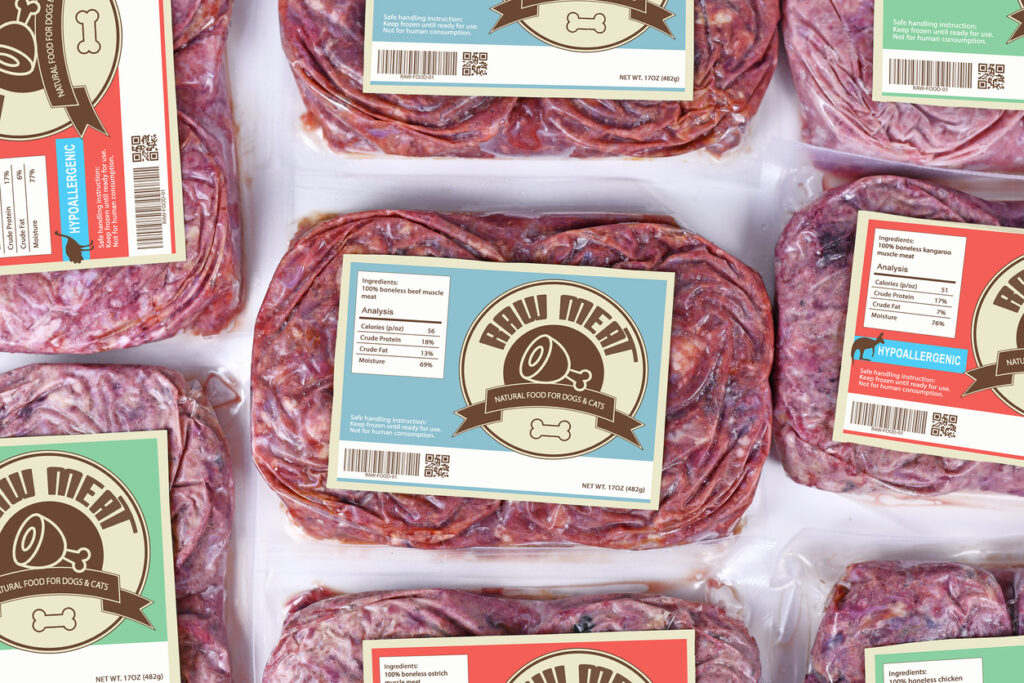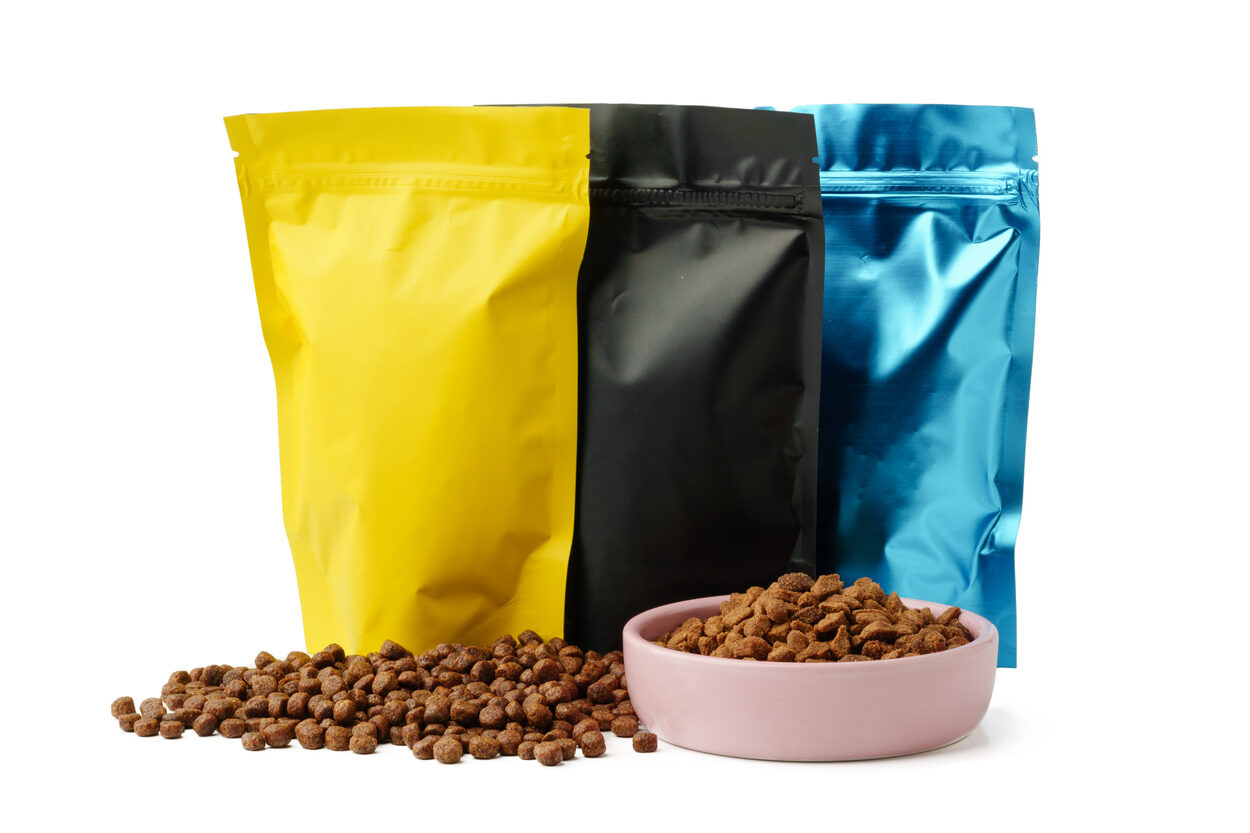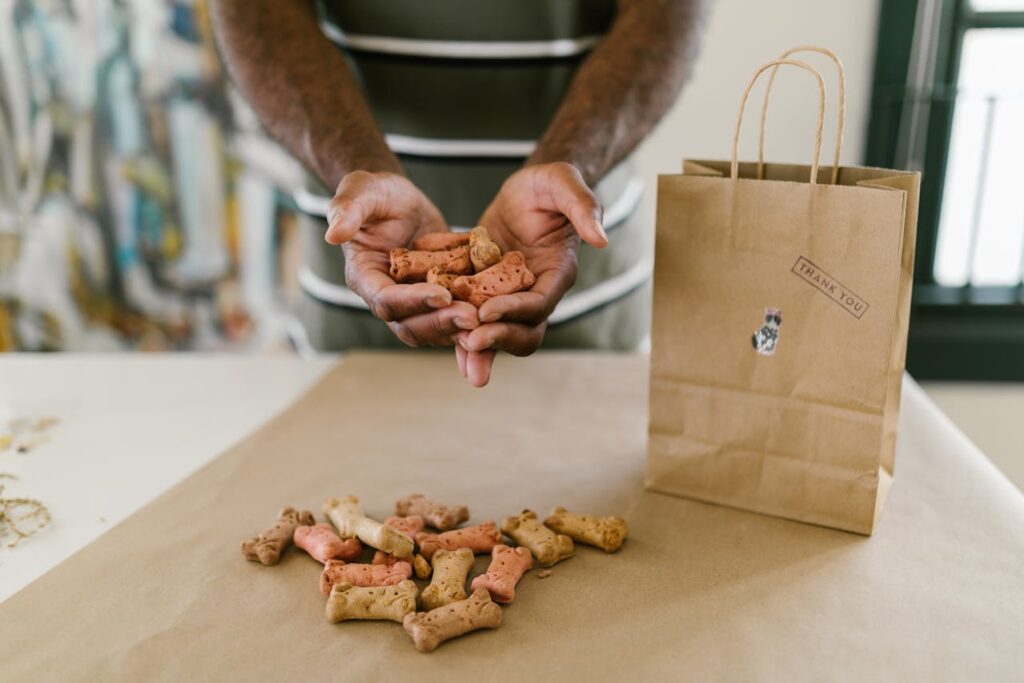1. Raw poultry-based brands

Some pet food brands market their products as raw or minimally processed, using fresh poultry as a main ingredient. While raw feeding has its advocates, the risk of contamination is significantly higher when dealing with unprocessed animal products. Poultry, especially from large-scale farms, can carry bird flu viruses without showing immediate signs of infection. If the meat isn’t handled with extreme care during processing, traces of the virus can make it into the food.
Many companies that produce raw pet food rely on freezing to kill bacteria, but freezing doesn’t always eliminate viruses like bird flu. Cooking food to the right temperature is the most effective way to neutralize pathogens, but raw brands skip this step. Without proper sterilization, any contamination at the source can make its way directly to your pet’s bowl.
2. Budget-friendly brands with weak quality control

Not all pet food brands follow the same rigorous quality control standards. Lower-cost pet foods, which often prioritize affordability over premium sourcing, may not conduct thorough testing on their ingredients. This is especially concerning when they use mass-produced poultry meals or by-products that come from multiple suppliers. If even one source has been affected by bird flu, an entire batch of food can become contaminated before reaching store shelves.
Another issue with budget brands is the potential for improper storage and handling. If poultry-based ingredients aren’t kept at safe temperatures or are exposed to unsanitary conditions during processing, the risk of contamination increases. Unlike higher-end brands that invest in stricter safety measures, some budget pet food companies may lack the resources to catch these risks early.
3. Wet food brands using factory-farmed poultry

Canned wet food might seem safer because it goes through a cooking process, but the risk starts before it reaches the can. Some wet pet food brands rely on poultry from high-density factory farms, where bird flu outbreaks are more common due to the sheer number of birds kept in close quarters. These farms can struggle to contain the virus once it enters, and if infected poultry enters the food supply before symptoms appear, contamination is possible.
Although cooking wet food kills most pathogens, cross-contamination can still happen during processing. If surfaces or equipment are exposed to raw, infected poultry and not cleaned properly, even fully cooked wet food can carry remnants of the virus. This is particularly concerning for brands that don’t implement strict biosecurity measures throughout their supply chain.
4. Brands sourcing poultry by-products

Some pet food brands rely heavily on poultry by-products rather than whole meat cuts. By-products include organs, bones, and other parts of the bird that are not commonly used in human food. While these ingredients can be nutritious, they also come with a higher risk of contamination. If a processing facility doesn’t properly inspect or disinfect by-products before they’re used in pet food, the risk of bird flu spreading through these materials increases.
Poultry by-products are often collected from multiple farms, making it harder to trace the exact source of contamination. If one farm is dealing with an outbreak, the virus could easily spread into the larger supply chain. Brands that don’t have strict traceability measures may not detect the problem until after the food has already been distributed. This makes by-product-heavy pet foods more vulnerable to potential health risks.
5. Small-scale brands with less oversight

While many small pet food brands emphasize high-quality ingredients, some may lack the resources to implement rigorous safety protocols. Without large-scale production facilities, they may rely on third-party suppliers for poultry, making it harder to control contamination risks. If these suppliers don’t conduct frequent testing, bird flu could enter the food supply unnoticed.
Additionally, smaller brands might not have the same level of government oversight as larger companies. Regulatory agencies tend to focus on bigger pet food manufacturers, meaning small brands could slip through the cracks when it comes to inspections. Even with good intentions, limited quality control measures increase the risk of contaminated poultry making its way into their products.


